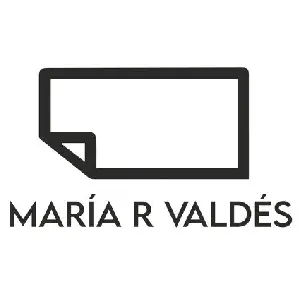Waterworks
Waterworks surge como una investigación en torno a la traducción del color y la luz digital al lenguaje pictórico e impreso. El proyecto parte de imágenes concebidas en pantalla, donde el sistema RGB ofrece una intensidad lumínica inalcanzable para los pigmentos tradicionales. El reto fue explorar cómo estas cualidades podían trasladarse a un soporte físico, atravesando el proceso de impresión y el diálogo con la pintura.
Waterworks emerges as an investigation around the translation of digital color and light to the pictorial and printed language. The project starts from images conceived on screen, where the RGB system offers a luminous intensity unattainable for traditional pigments. The challenge was to explore how these qualities could be transferred to a physical support, traversing the printing process and the dialogue with painting.
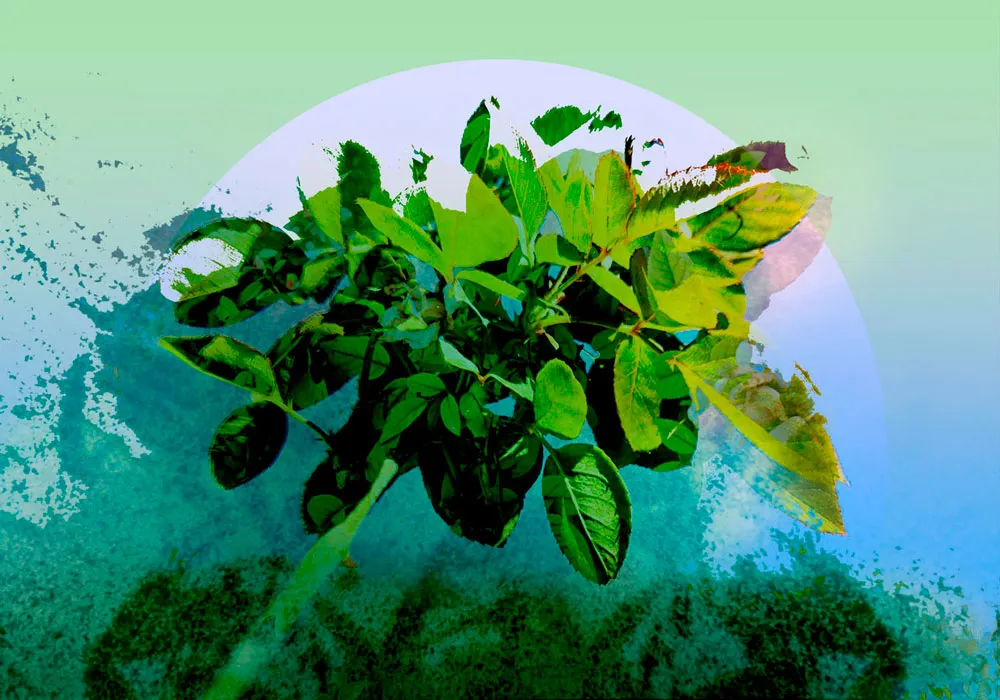
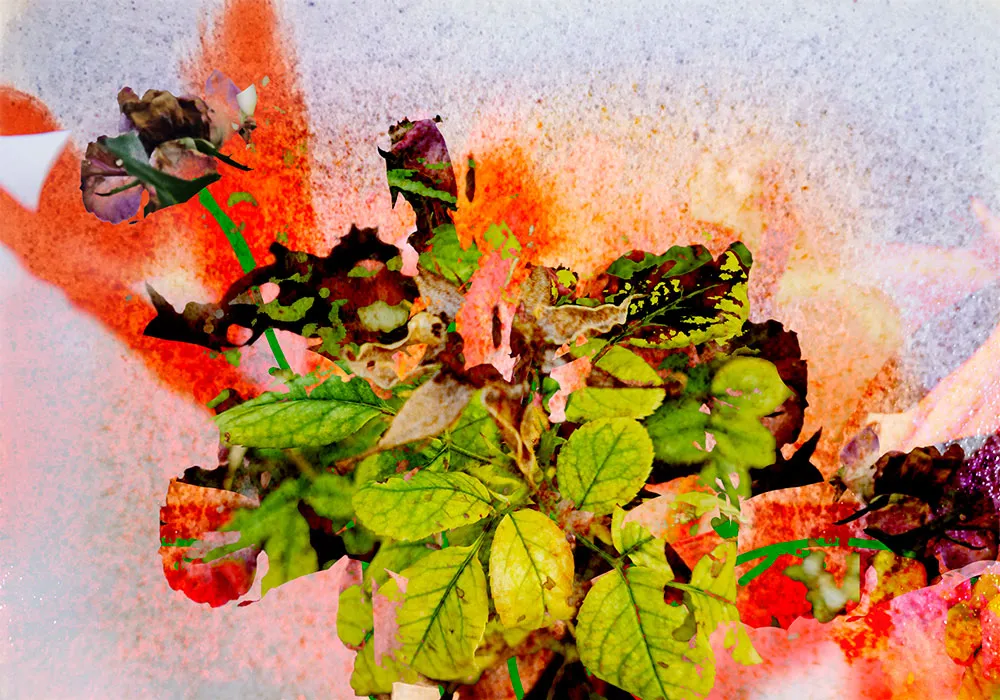
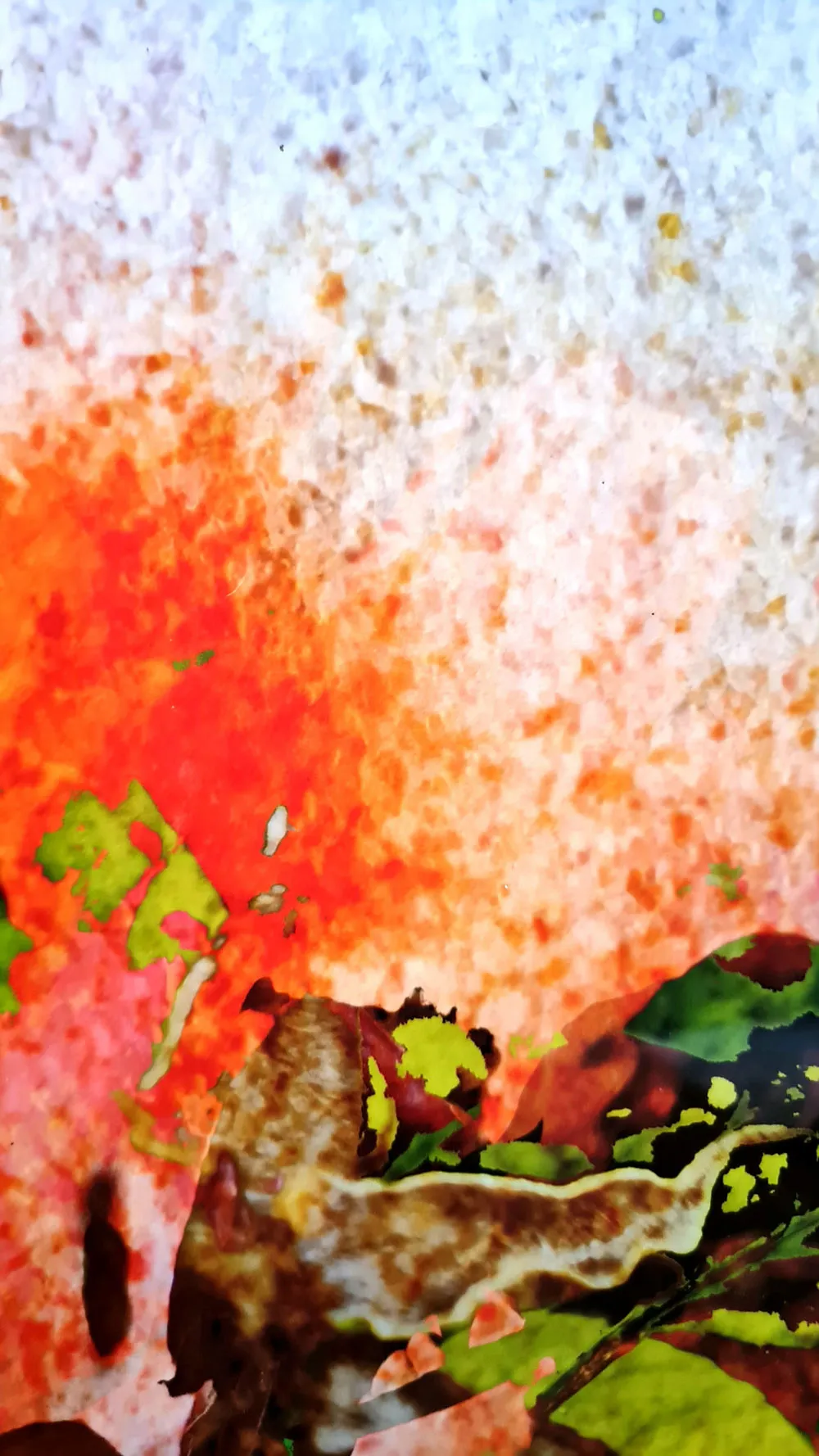
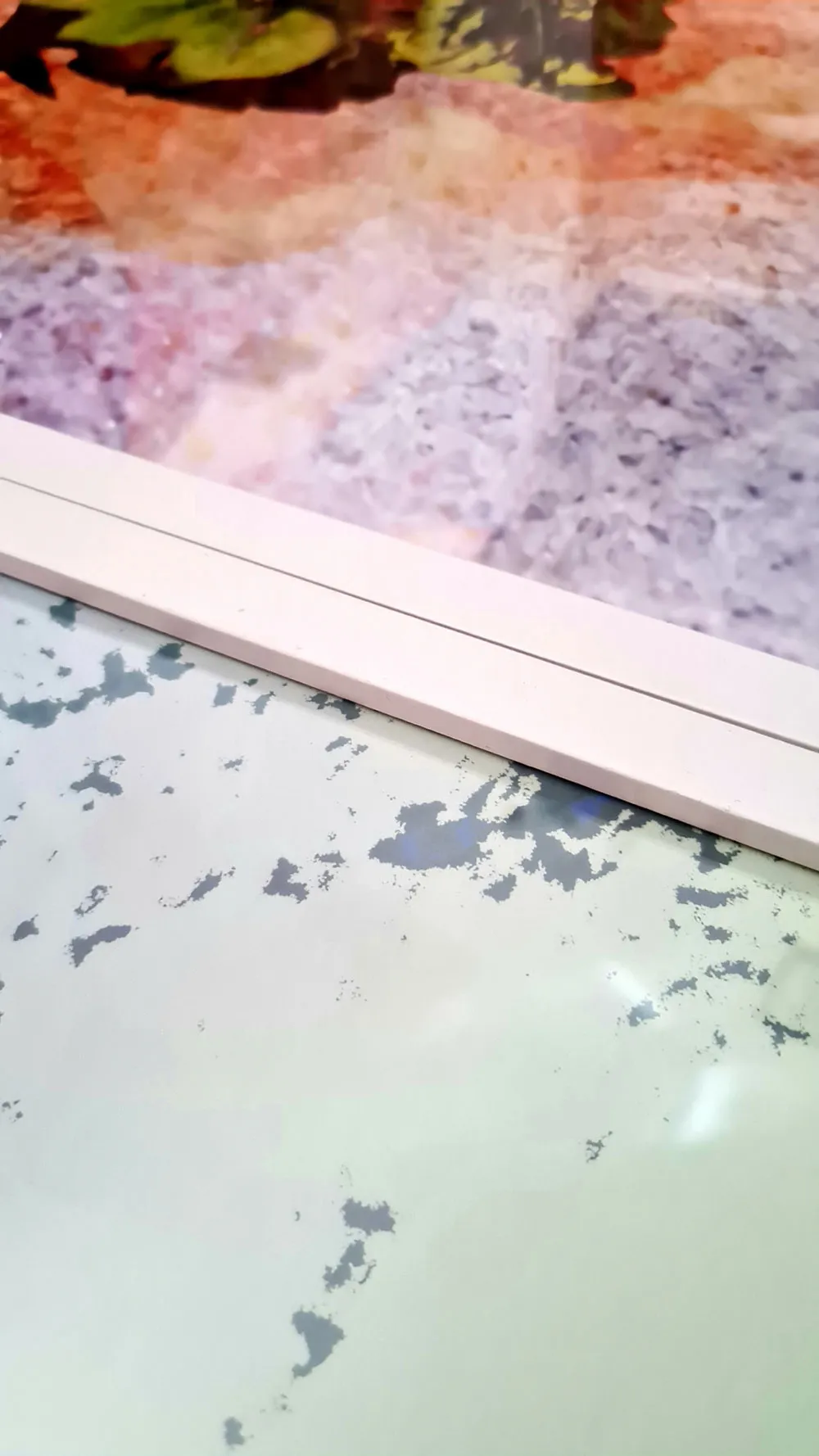
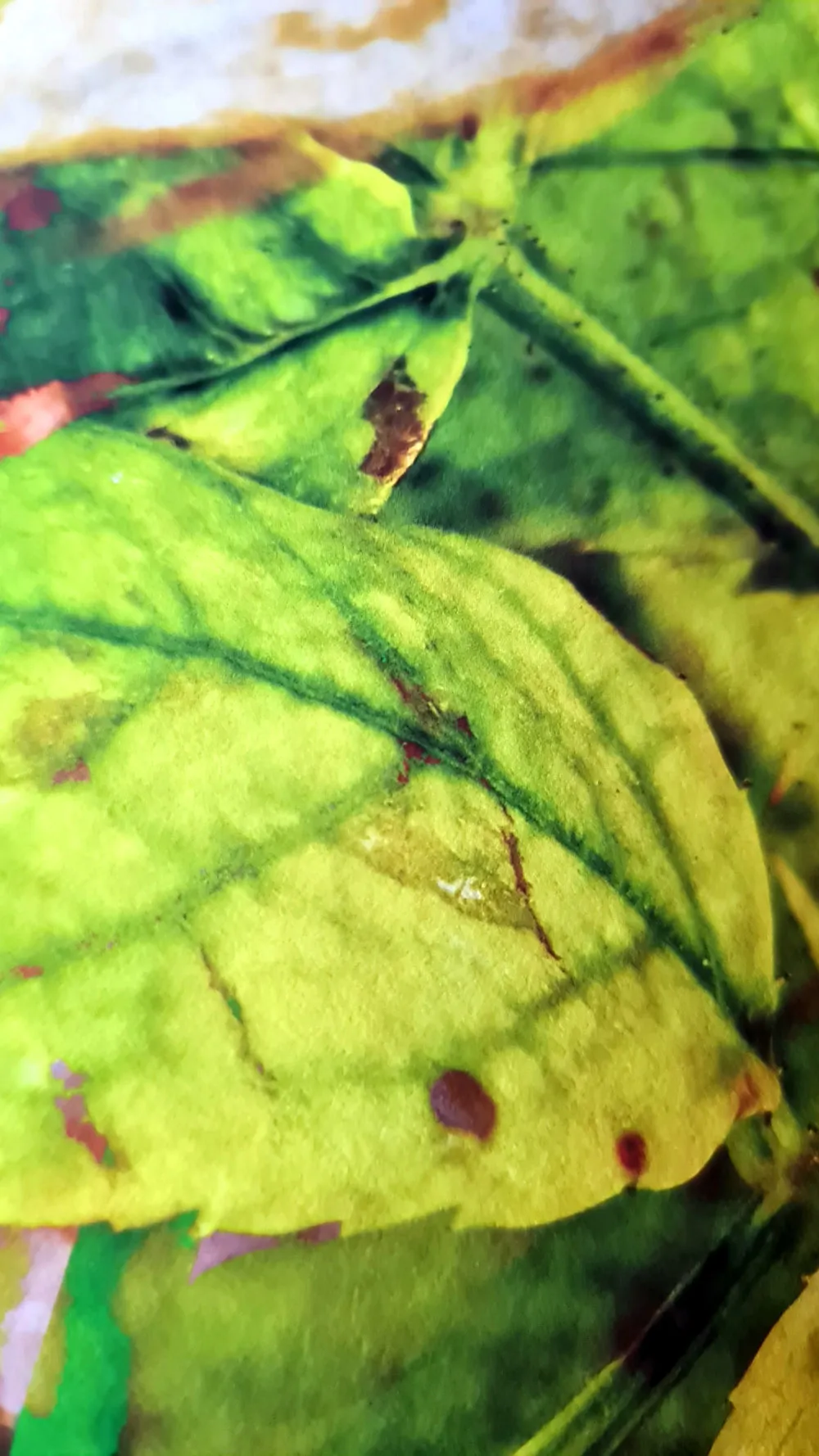
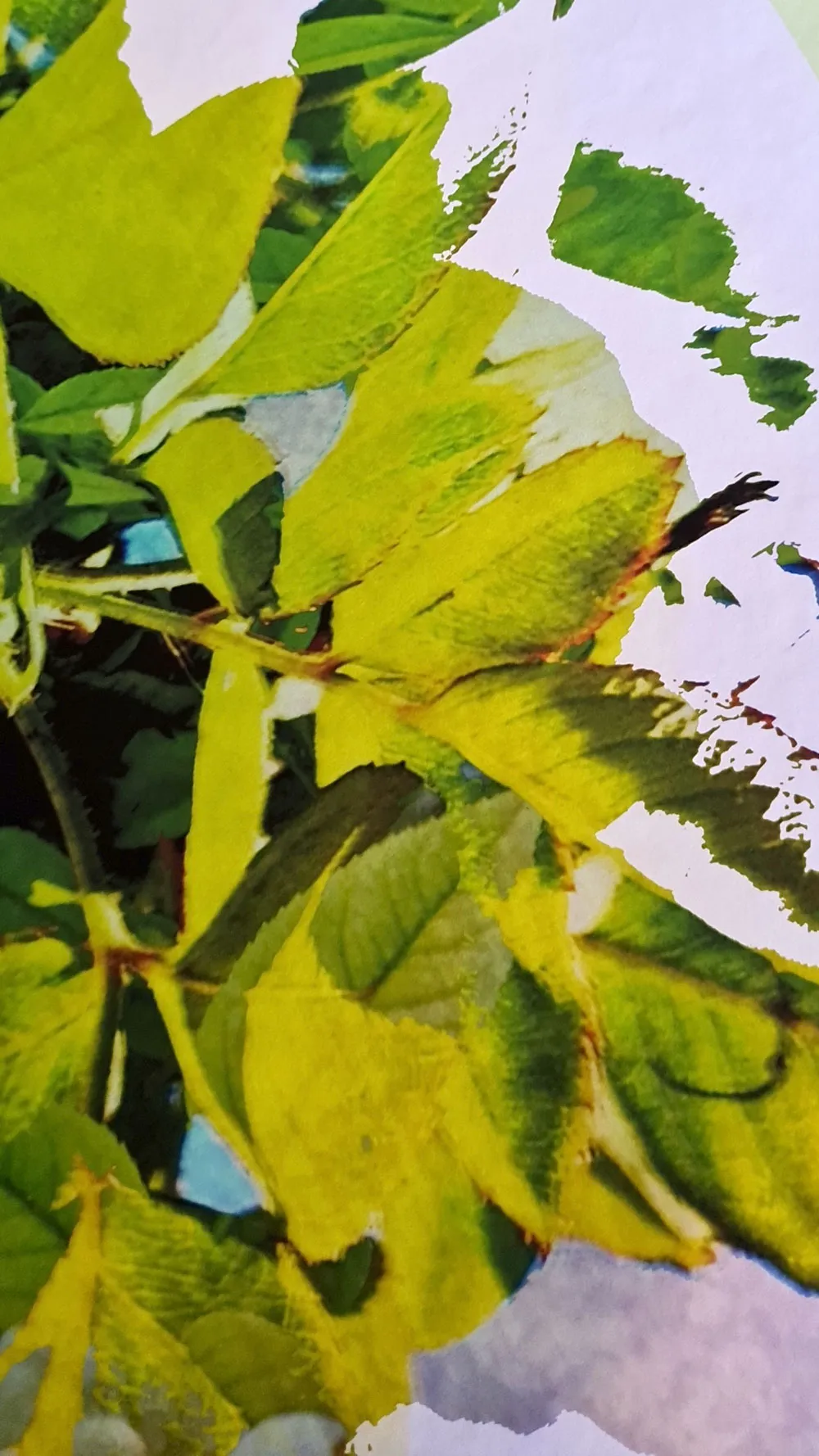
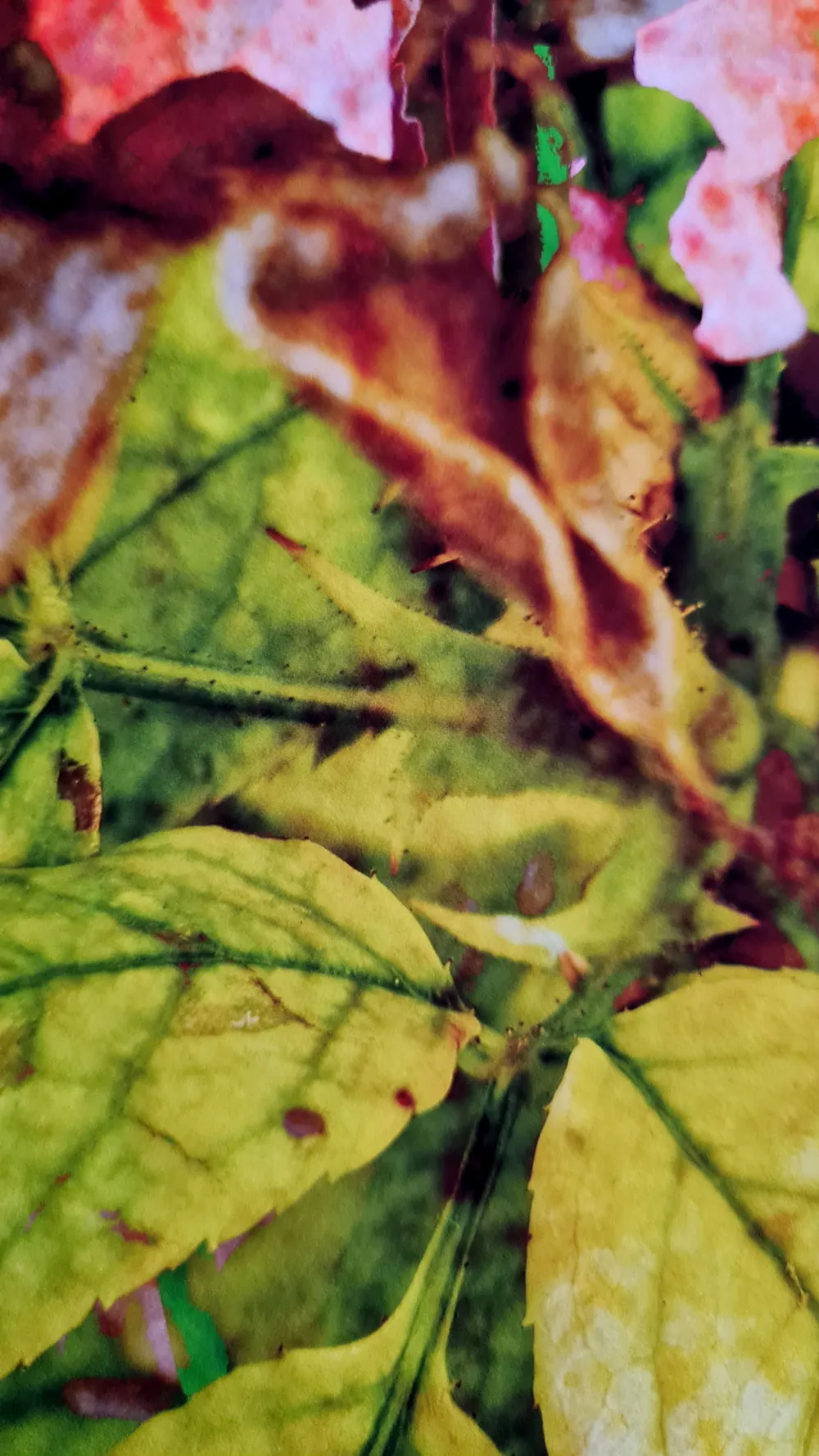
Las imágenes iniciales, trabajadas digitalmente, y por medio de escaneos de pintura, fueron llevadas al laboratorio de impresión, donde se experimentó con calibraciones extremas de contraste y saturación para compensar las diferencias entre el color aditivo de la pantalla y el color sustractivo de las tintas. En este tránsito, el archivo digital dejó de ser un fin en sí mismo para convertirse en un punto intermedio de ensayo, una etapa de prueba que anticipa cómo el papel, la densidad de la tinta y la textura modificarían su percepción final.
El resultado combina precisión técnica y apertura matérica: las impresiones sobre papeles fotográficos y artísticos de alta calidad consiguen preservar la fidelidad cromática, al mismo tiempo que transforman la luz digital en presencia física. Este paso devuelve a la imagen una dimensión táctil y sensible, donde los degradados, las transparencias y las vibraciones cromáticas evocan la variabilidad de la pantalla, pero desde la quietud del objeto pictórico.
Waterworks propone así un territorio híbrido: una pintura expandida que no imita literalmente la luz digital, sino que la reinterpreta en clave material, integrando pigmentos, soportes y procesos gráficos en una misma superficie. En ese cruce, la obra se afirma como un laboratorio visual donde se piensa el color no solo como dato, sino como experiencia sensorial y poética.
Ficha técnica
Título de la serie: Waterworks
Año: 2024
Técnica: Imágenes digitales, impresión Inkjet de alta resolución
Soporte: Papel fotográfico Hahnemühle Torchon (300 g)
Dimensiones: 50 × 70 cm cada pieza
Número de piezas: 2
The initial images, worked digitally, and by means of scans of painting, were taken to the printing laboratory, where experiments were conducted with extreme calibrations of contrast and saturation to compensate for the differences between the additive color of the screen and the subtractive color of the inks. In this transit, the digital file ceased to be an end in itself to become an intermediate point of testing, a testing stage that anticipates how the paper, the density of the ink and the texture would modify its final perception.
The result combines technical precision and material openness: the prints on photographic and artistic papers of high quality manage to preserve chromatic fidelity, at the same time that they transform digital light into physical presence. This step returns to the image a tactile and sensitive dimension, where the gradients, the transparencies and the chromatic vibrations evoke the variability of the screen, but from the stillness of the pictorial object.
Waterworks thus proposes a hybrid territory: an expanded painting that does not literally imitate digital light, but reinterprets it in a material key, integrating pigments, supports and graphic processes in the same surface. In that crossing, the work affirms itself as a visual laboratory where color is thought not only as data, but as a sensory and poetic experience.
Technical Sheet
Title of the series: Waterworks
Year: 2024
Technique: Digital images, high-resolution Inkjet printing
Support: Hahnemühle Torchon photographic paper (300 g)
Dimensions: 50 × 70 cm each piece
Number of pieces: 2
